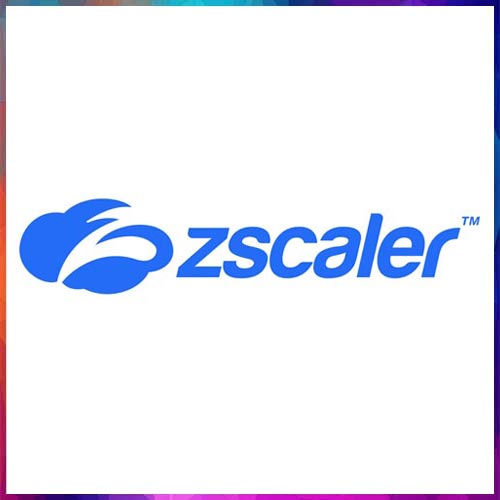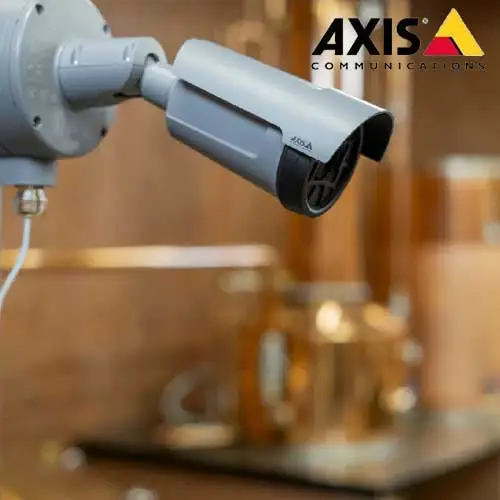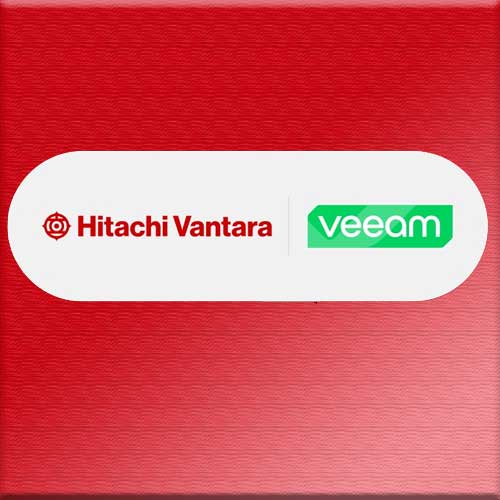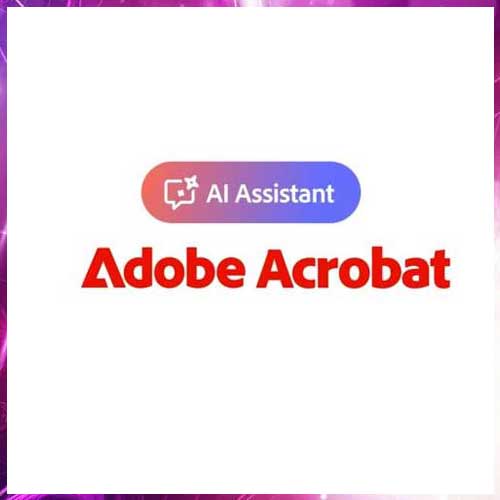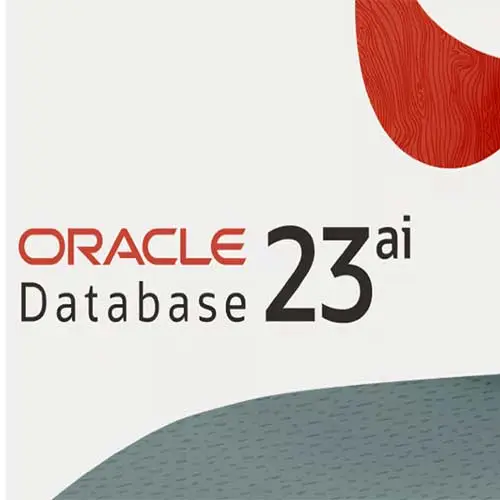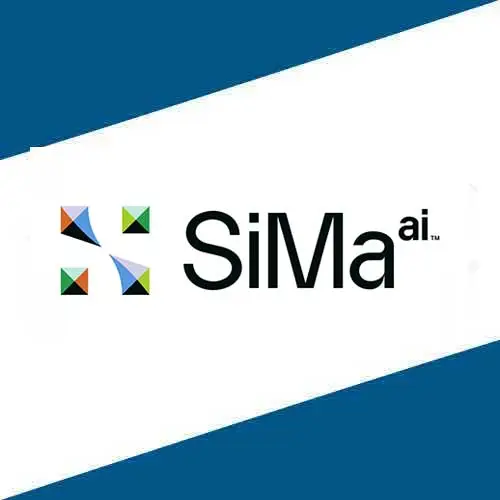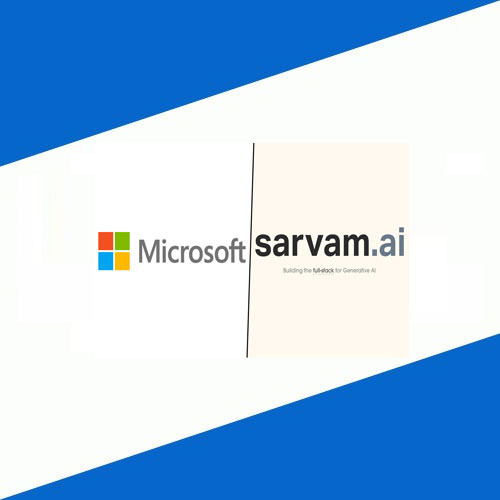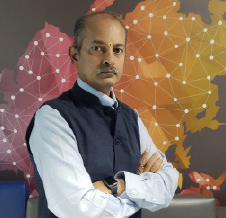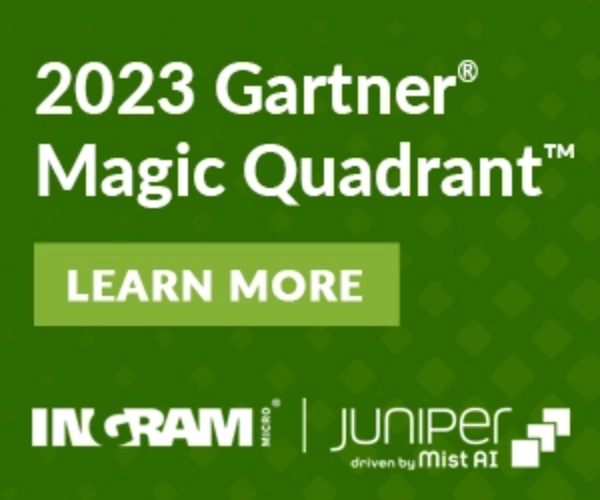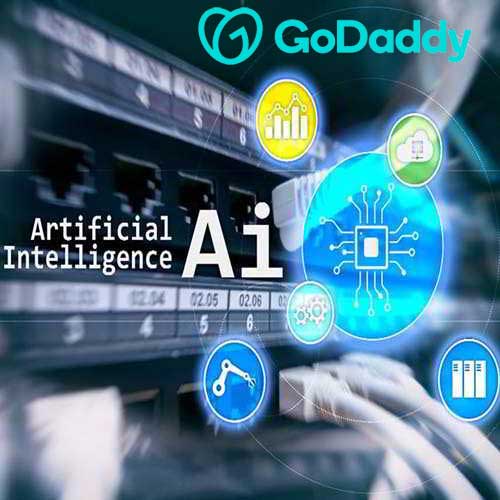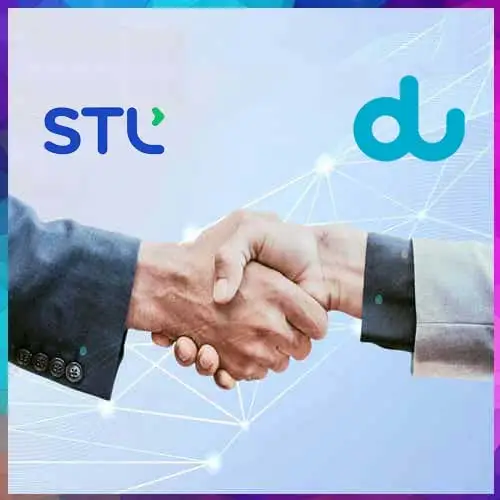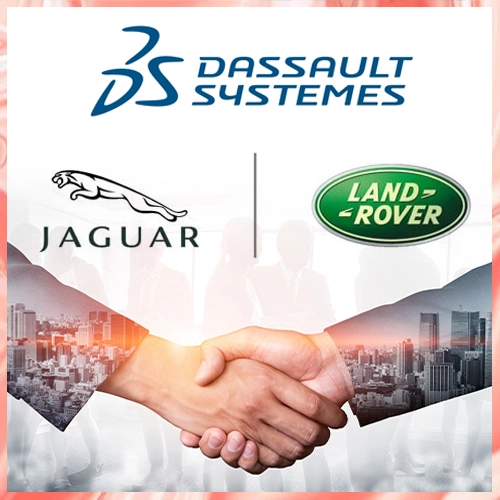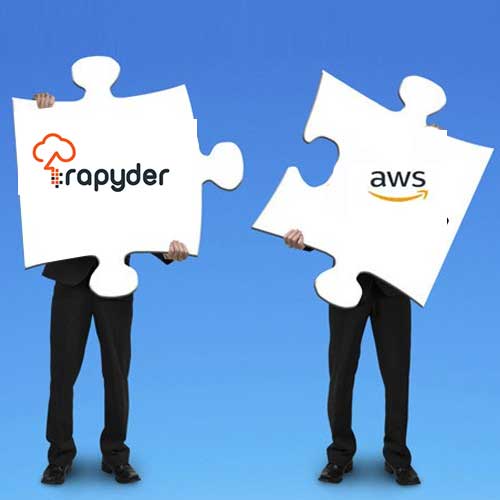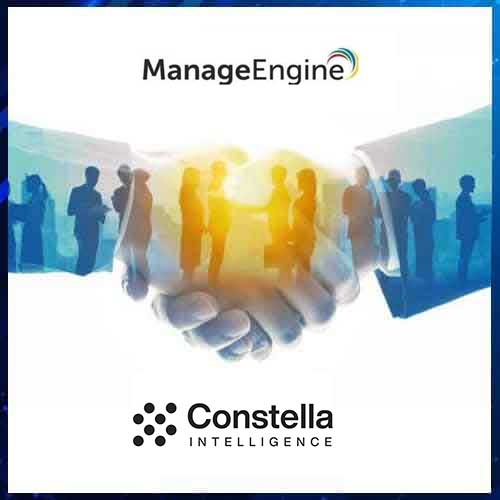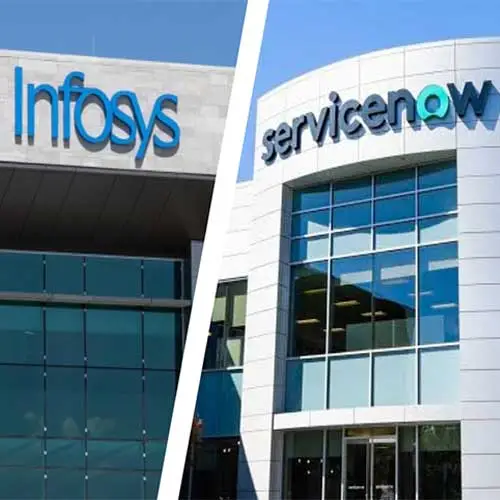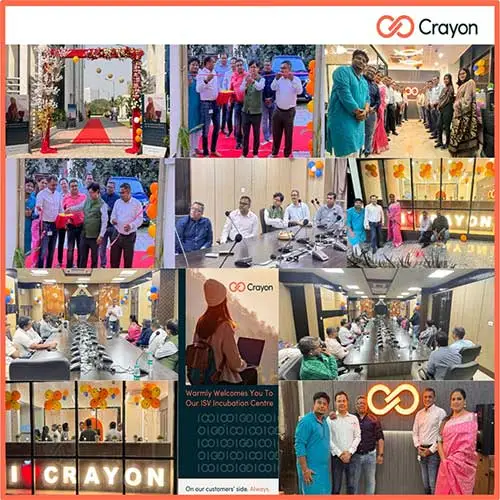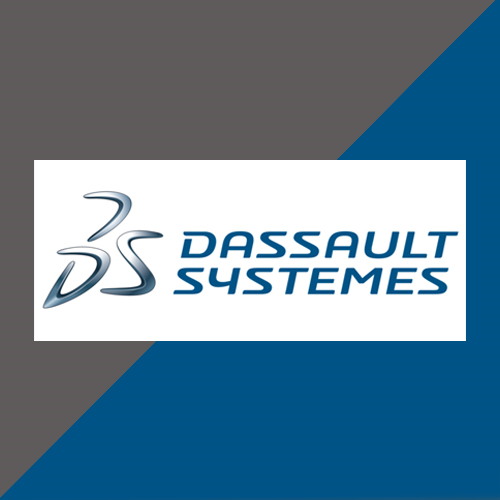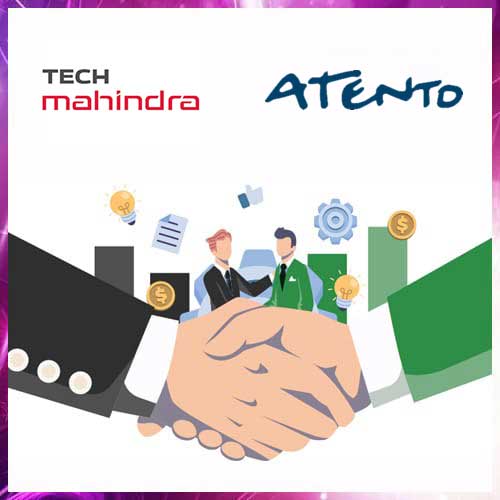Cloud Integrated Video-IOT and Video surveillance in a unified framework

Tuhin Bose
CTO & VP, Videonetics Technology
In a stride to enhance the security of residential or commercial premises, IP Camera based video surveillance has garnered much attention over the past few years. Right from home and small premises (clubbed as SOHO - Small Office/Home Office) to big enterprises, everyone is trying to include it as a safety parameter.
The true potential of Video Surveillance, however lies with Video Analytics applications. With such an application at hand, one can further use the video footage grabbed by IP cameras to extract useful and actionable information. Intrusion detection, facial recognition, crowd formation detection, traffic congestion and vehicle over-speeding detection have been made easier using this technology. It is perfectly feasible to host both video surveillance systems and video analytics applications in private data centers, private or public cloud under different architectures like IaaS, PaaS and giving away several myriad services to users like standalone VMS plus VA services or providing Video as a Service (VaaS).
With new advancements, you can now stream live videos, store the data in a cloud hosted storage and even replay the recorded videos from any given timestamp. In a nutshell, all the cameras that may be installed in geographically sparse locations feed the data into the cloud hosted servers through LAN or firmware-upgraded cameras.
Internet of Things (acronymed as IoT) is the new rage due to the possibilities it offers in the domain of security, surveillance and situational awareness. Such devices are paired with several types of sensors (temperature, humidity, air pollution etc.) to detect and feed the relevant data. IoT has shown excellent operation in waste management, energy management, etc. as well. Notably, they also prove to be better and cost effective compared to their counterparts in the video analytics domain in certain scenarios, especially if situational awareness is the primary objective.
One should, however keep in mind that any event triggered by a sensor reflects just the textual data, which is why; people tend to store and manage the sensor-triggered events separately along with the video feed of the surveillance systems.
V-IoT Box: Videonetics made a breakthrough when they successfully coupled IoT devices with video management systems along with video analytics applications under the same framework. Talking in a simpler language, Videonetics enabled users to deploy standalone VMS, VMS over Cloud, Camera edge analytics, on-premise server based Video analytics, cloud hosted VMS and Video analytics offerings in a single framework.
The framework has many other merits as well. Fore mostly, it empowers you with camera-to-cloud services either using VN-enabled Cameras or embedding the Software in any edge devices like a router, STB, or in the absence of that, in a dedicated small foot-print hardware box for any standard IP cameras. The hardware box may be small, but if ample of computing power and memory is available, the same box is also proficient enough to generate video analytics events after analyzing the video.
All the video data is fed into the ‘Media Handler’ while the sensor trigger receives data from the IoT devices to send that further to ‘Event Composer’. ‘The Media Handler’ makes the data available for streaming (video and audio) while also sending it to ‘Video analytics Apps’. ‘Media Handler’ generates a video clip along with the time stamp.
This data is sent to V-Iot box that can be remotely accessed by a user for streaming live video or watching archived videos. It should be noted that the archived video stream can be configured to be sent to cloud hosted storage automatically.
All the data received in ‘Sensor Trigger Handler’ and Video Analytics Apps is consumed by the ‘Event Composer’ that correlate and aggregate the data, and send that to a cloud hosted or data center hosted server for indexing and storing. From there, it is then available to users as a combined data (unified events) in the E-IoT box.
SDK: With the help of a web service based API, the existing IoT boxes can be integrated with Videonetics V-IoT solution in both Linux and Windows OS. VN-enabled Cameras: For a Videonetics software component to work in a streamlined fashion, one needs an IP camera that supports it. The process henceforth is simple. A user just need to install the software and the camera becomes cloud enabled. This combined system can then be used to:
• View live feed of the camera through the web
• Record the stream in cloud storage and replay if and as required.
• Configure video analytics app for the camera. One can receive instant alerts on web or portable devices as the cloud-hosted system generate and store them.
The entire process is quite simple. The camera generates events and they are sent to the Videonetics Cloud Agent to be further transferred to Videonetics Cloud hosted (datacenter hosted) server in an Event container. It is stored there and indexed in the database. One may opt to add sensors to the camera in/out ports and receive the sensor-triggered events as well. Remember that the Event container in that case will also contain pictures or video fetched from the camera.
Cloud Gateway: This software component, when installed in any standard hardware (Router, STB or dedicated hardware meant for this purpose only), allows an ordinary IP camera to be cloud enabled and receive video feed. If one has the computing power, they can connect any number of IP cameras with the hardware.
One can use the system to -
• Stream the camera view live through the web
• Record the stream in cloud storage and replay if and as required.
• Configure video analytics app for the camera to run in the hardware itself. The events thus generated by the system will be transferred to the cloud.
• Configure video analytics app for the camera. One can receive instant alerts on web or portable devices as the cloud-hosted system generate and store them.
Video Management System: Any enterprise may be spread to multiple establishments located at geographically diverse locations. The Videonetics Video Management System can be installed at all the establishments to offer the services on a local level. It is pre-integrated with Video analytics framework enabling a user to receive alerts on detection of events locally. Now, the Cloud Framework by Videonetics allows a user to integrate all those locally installed VMS systems and view the systems over the web.
It can be fairly concluded that the Videonetics Cloud Framework is deep rooted as far as security and surveillance is concerned. Right from a single camera application to connecting thousands and providing for small home to corporate giants, the Cloud Framework is the one stop solution with a higher degree of flexibility and cost-effectiveness, all thanks to the several combination possibilities of Videonetics VMS, V-IoT, Gateway box and VN-enabled cameras.
See What’s Next in Tech With the Fast Forward Newsletter
Tweets From @varindiamag
Nothing to see here - yet
When they Tweet, their Tweets will show up here.





